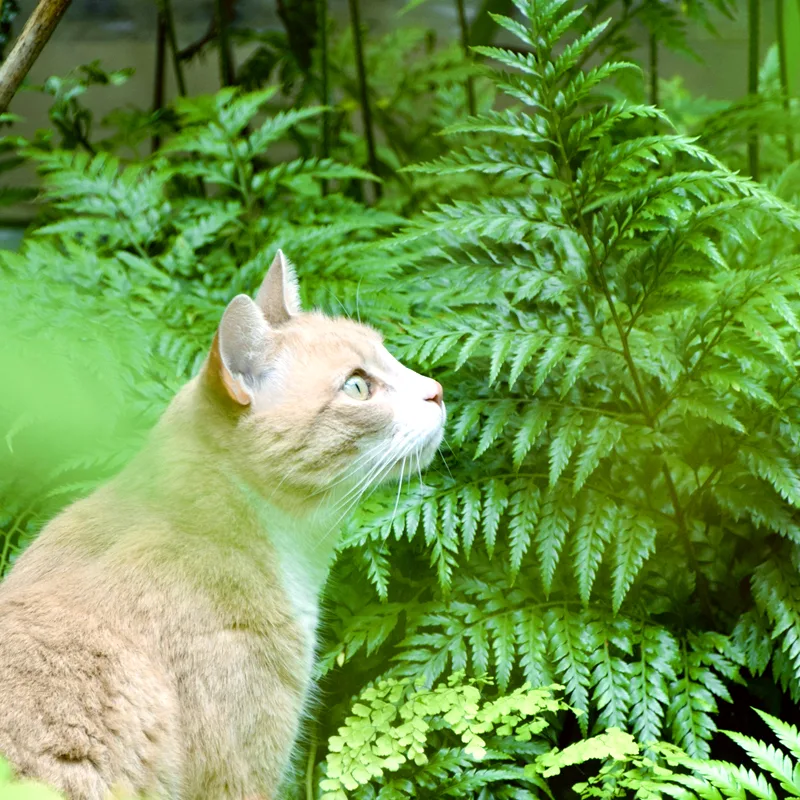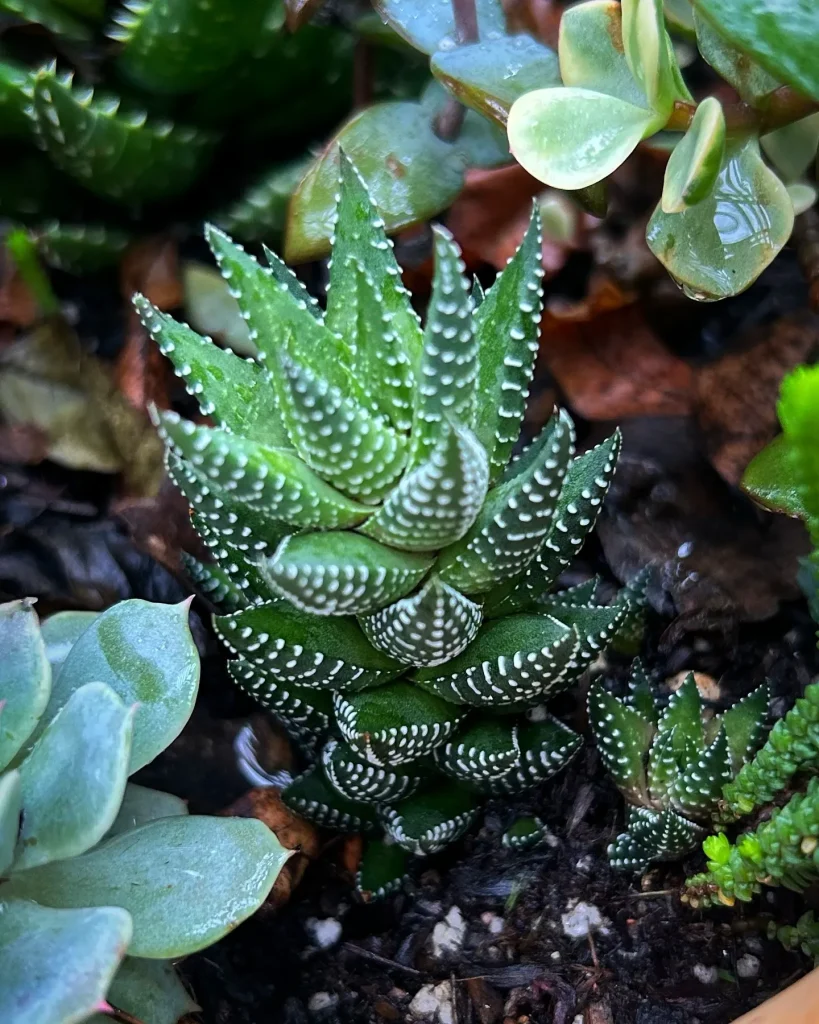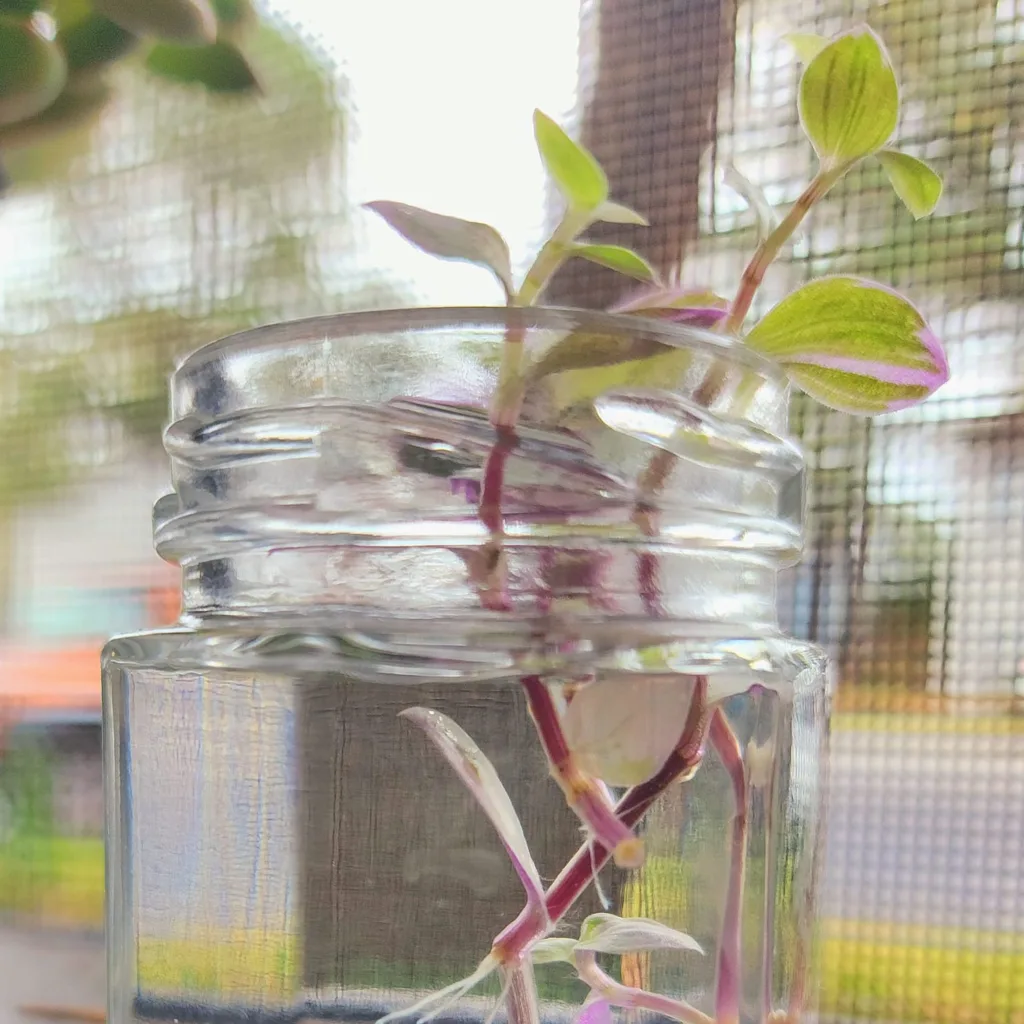FAQs About Cotoneaster Parneyi
Cotoneaster Parneyi has been a fascinating addition to my garden. It’s not just another shrub; it has a unique charm that sets it apart from others. I’ve gathered some common questions and answers about Cotoneaster Parneyi to help you get the most out of this remarkable plant.
272 Species in Genus Cotoneaster
What Is Cotoneaster Parneyi?
Cotoneaster Parneyi or Cotoneaster Lacteus, also known as Parney Cotoneaster, is a hardy, evergreen shrub that belongs to the Rosaceae family. It originates from China and is celebrated for its dense, spreading habit and attractive foliage. This plant typically features small, glossy leaves and produces clusters of bright red berries in the fall, which add vibrant color to any landscape.
How to Care for Cotoneaster Parneyi?
Caring for Cotoneaster Parneyi is relatively straightforward, which is great news if you’re like me and appreciate low-maintenance plants.
- Light Requirements: Cotoneaster Parneyi thrives in full sun to partial shade. While it can tolerate a variety of light conditions, it performs best with at least six hours of direct sunlight daily.
- Soil: This shrub is adaptable to various soil types but prefers well-drained soil. It’s tolerant of both acidic and alkaline soils, which makes it a versatile choice for different garden conditions.
- Watering: Regular watering is important, especially during the plant’s establishment period. However, once established, Cotoneaster Parneyi is quite drought-tolerant. Be cautious not to overwater as it can lead to root rot.
- Fertilizing: I find that applying a balanced, slow-release fertilizer in early spring helps promote healthy growth and abundant berries. Avoid over-fertilizing, as this can lead to excessive foliage at the expense of flowering and fruiting.
- Pruning: Pruning is essential for maintaining the plant’s shape and encouraging dense growth. I typically prune after flowering to remove any dead or damaged branches and to control the shrub’s size.
How to Propagate Cotoneaster Parneyi?
If you’re interested in growing more Cotoneaster Parneyi, propagation is quite feasible.
- Cuttings: The most common method is to take softwood cuttings in late spring or early summer. Use a sharp knife to cut 4-6 inch sections of new growth. Dip the cut ends in rooting hormone, then plant them in a pot with a mix of peat and perlite. Keep the cuttings in a warm, bright location with high humidity until they root.
- Layering: Another method is layering, where a low branch is bent to the ground and covered with soil. It will develop roots over time, allowing you to sever it from the parent plant and replant it elsewhere.
What to Plant With Cotoneaster Parneyi?
Cotoneaster Parneyi pairs well with a variety of plants, creating a visually appealing garden. I like to combine it with:
- Evergreen Shrubs: Such as Boxwood or Holly, to provide year-round structure and contrast.
- Perennials: Like Lavender or Sedum, which add color and texture throughout the seasons.
- Grasses: Ornamental grasses, such as Fountain Grass, complement the Cotoneaster’s form and create a nice contrast with its berries.
Benefits of Cotoneaster Parneyi
- Attractive Foliage: Its glossy leaves and red berries add aesthetic value to any garden.
- Wildlife Friendly: The berries attract birds and provide food during the winter months.
- Erosion Control: The plant’s spreading nature makes it effective for controlling soil erosion on slopes.
Toxicity of Cotoneaster Parneyi
I’ve found that Cotoneaster Parneyi is generally non-toxic to humans and pets. However, it’s always wise to prevent ingestion of any plant parts, as excessive consumption can lead to mild digestive upset.
Common Problems with Cotoneaster Parneyi
While Cotoneaster Parneyi is a robust plant, it can occasionally face some issues:
- Pests: Look out for aphids and spider mites, especially in hot, dry conditions. Regular inspection and insecticidal soap can help manage these pests.
- Diseases: Root rot can be a concern if the plant is overwatered or if the soil is poorly drained. Ensure proper drainage to prevent this problem.
- Winter Damage: In very cold climates, Cotoneaster Parneyi might suffer from winter burn. Mulching and providing some winter protection can mitigate this issue.
How Cotoneaster Parneyi Compares to Similar Plants?
Cotoneaster Parneyi is often confused with Cotoneaster Horizontalis, another spreading shrub. While both have a similar growth habit, Cotoneaster Parneyi generally has larger, glossier leaves and produces more vibrant berries. It also tends to be more tolerant of varying soil conditions compared to Cotoneaster Horizontalis.
In conclusion, Cotoneaster Parneyi has proven to be a valuable and versatile addition to my garden. Its adaptability, coupled with its striking appearance, makes it a worthwhile choice for anyone looking to enhance their outdoor space. Whether you’re a seasoned gardener or a beginner, Cotoneaster Parneyi offers a lot with minimal fuss.
If i die, water my plants!



